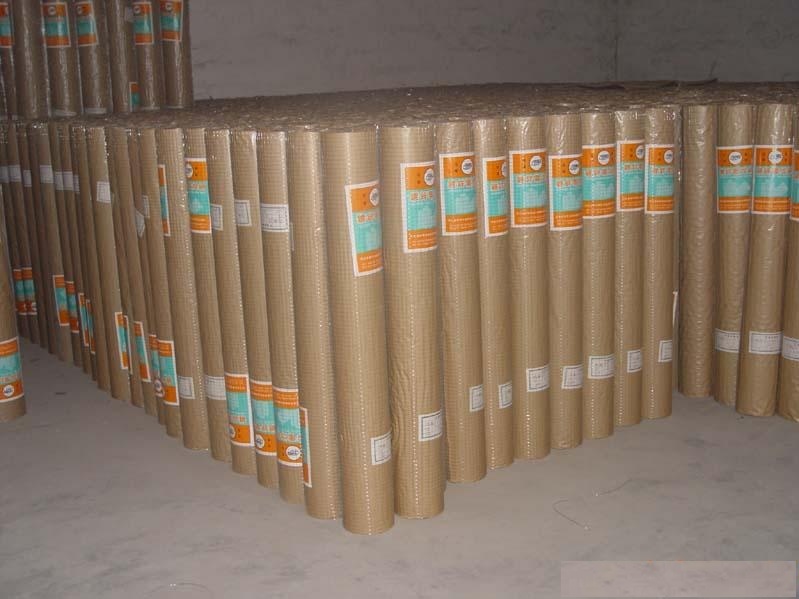You are here: home > Nickel alloy News > Nickel and Nickel Alloys--2
Product (738)
- Pure Nickel Products (38)
- Incoloy Products (74)
- Inconel Products (72)
-
FeCrAl Product
(99)

-
Nichrome Products
(68)

- Monel Products (36)
- Hastelloy Products (49)
- Nickel Iron Alloy Product (59)
-
Nickel Copper alloys
(47)

- Nonferrous Metal Product (27)
-
Resistance Wire
(90)

- Stainless Steel Product (42)
- Mesh Demister (20)
- Others (17)
Product Forms (14)
Quality Certificate (11)
Learning Gallery (30)
Incoloy News (9)
Inconel News (22)
Molybdenum News (7)
Nikrothal News (4)
Nichrome News (13)
Titanium News (2)
Nickel News (8)
Alloys House (30)
Tools (27)
Nickel alloy News (30)
Latest Buzz (30)
nickel chrome copper iron alloys news (28)
Credit Report
Products Index
Company Info
Heanjia Super-metals Co., Ltd. [China (Mainland)]
Business Type:Manufacturer, Trading Company
City: Beijing
Province/State: Beijing
Country/Region: China (Mainland)
Nickel alloy News
Nickel and Nickel Alloys--2

Some high-temperature variants include:
1:Alloy 601. Lower nickel (61%) content with aluminum and silicon additions for improved oxidation and nitriding resistance
2: Alloy X750. Aluminum and titanium additions for age hardening
3: Alloy 718. Titanium and niobium additions to overcome strainage cracking problems during welding and weld repair
4: Alloy X (48Ni-22Cr-18Fe-9Mo + W). High-temperature flat-rolled product for aerospace applications
5: Waspaloy (60Ni-19Cr-4Mo-3Ti-1.3Al). Proprietary alloy for jet engine applications
Some corrosion-resistant variants in the Ni-Cr-Fe system include:
1: Alloy 625. The addition of 9% Mo plus 3% Nb offers both high-temperature and wet corrosion resistance; resists pitting and crevice corrosion
2: Alloy G3/G30 (Ni-22Cr-19Fe-7Mo-2Cu). The increased molybdenum content in these alloys offers improved pitting and crevice corrosion resistance
3: Alloy C-22 (Ni-22Cr-6Fe-14Mo-4W). Superior corrosion resistance in oxidizing acid chlorides, wet chlorine, and other severe corrosive environments
4: Alloy C-276 (17% Mo plus 3.7W). Good seawater corrosion resistance and excellent pitting and crevice corrosion resistance
5: Alloy 690 (27% Cr addition). Excellent oxidation and nitric acid resistance; specified for nuclear waste disposal by the vitreous encapsulation method
Iron-Nickel-Chromium Alloys:
This series of alloys has also found extensive use in the high-temperature petrochemical environments, where sulfur-containing feedstocks (naphtha and heavy oils) are cracked into component distillate parts. Not only were they resistant to chloride-ion stress-corrosion cracking, but they also offered resistance to polythionic acid cracking. Some alloys of commercial importance include:
1:Alloy 800 (Fe-32Ni-21Cr). The basic alloy in the Fe-Ni-Cr system; resistant to oxidation and carburization at elevated temperatures
2: Alloy 800HT. Similar to 800H with further modification to combined titanium and aluminum levels (0.85 to 1.2%) to ensure optimum high-temperature properties
3: Alloy 801. Increased titanium content (0.75 to 1.5%); exceptional resistance to polythionic acid cracking
4:Alloy 802. High-carbon version (0.2 to 0.5%) for improved strength at high temperatures
5: Alloy 825 (Fe-42Ni-21.5Cr-2Cu). Stabilized with titanium addition (0.6 to 1.2%). Also contains molybdenum (3%) for pitting resistance in aqueous corrosion applications. Copper content bestows resistance to sulfuric acid
6: Alloy 925. Addition of titanium and aluminum to 825 composition for strengthening through age hardening
The 800 alloy series offers excellent strength at elevated temperature (creep and stress rupture).
Some corrosion variants in the Fe-Ni-Cr system include:
1: 20Cb3 (Fe-35Ni-20Cr-3.5Cu-2.5Mo + Nb). This alloy was developed for the handling of sulfuric acid environments
2:20Mo-4 and 20Mo-6 (Fe-36Ni-23Cr-5Mo + Cu). Increased corrosion resistance in pulp and paper industry environments.
Controlled-expansion alloys include alloys in both the Fe-Ni-Cr and Fe-Ni-Co series. Some alloys of commercial importance include:
1:Alloy 902 (Fe-42Ni-5Cr with 2.2 to 2.75% Ti and 0.3 to 0.8% Al). This is an alloy with a controllable thermoelastic coefficient
2:Alloys 903, 907, 909 (42Fe-38Ni-13Co with varying aging elements such as niobium, titanium, and aluminum). These alloys offer high strength and low coefficient of thermal expansion
The 900 alloy series offers very unusual characteristics and properties. Alloys 903, 907, and 909 were all designed to provide high strength and low coefficient of thermal expansion for applications up to 650 °C.
Nickel-lron Low-Expansion Alloys. This series of alloys plays a very important role in both the lamp industry and electronics, where glass-to-metal seals in encapsulated components are important. The nickel alloys are chosen for a variety of reasons.
Some alloys of commercial importance include:
1: Invar (Fe-36Ni). This alloy has the lowest thermal expansion of any metal from ambient to 230°C (450°F)
2: Alloy 42 (Fe-42Ni). This alloy has the closest thermal expansion match to alumina, beryllia, and vitreous glass
3:Alloy 426. Additions of 6% Cr are added to this alloy for vacuum-tight sealing applications
4:Alloy 52 (Fe-51.5Ni). This alloy has a thermal expansion that closely matches vitreous potash-soda-lead glass.
Soft Magnetic Alloys:The nickel-iron alloys also offer an interesting set of magnetic permeability properties, which have played an important part in switchgear and for direct current (dc) motor and generator designs.
Welding Alloys: Welding products for nickel alloys have similar compositions to the base metals, although additions of aluminum, titanium, magnesium, and other elements are made to the filler metals and welding electrodes to ensure proper deoxidation of the molten weld pool and to over-come any hot-short cracking and malleability problems.
Pre Page:
Pure Tungsten Wire Mesh
Next Page:
Nickel and Nickel Alloys--1



